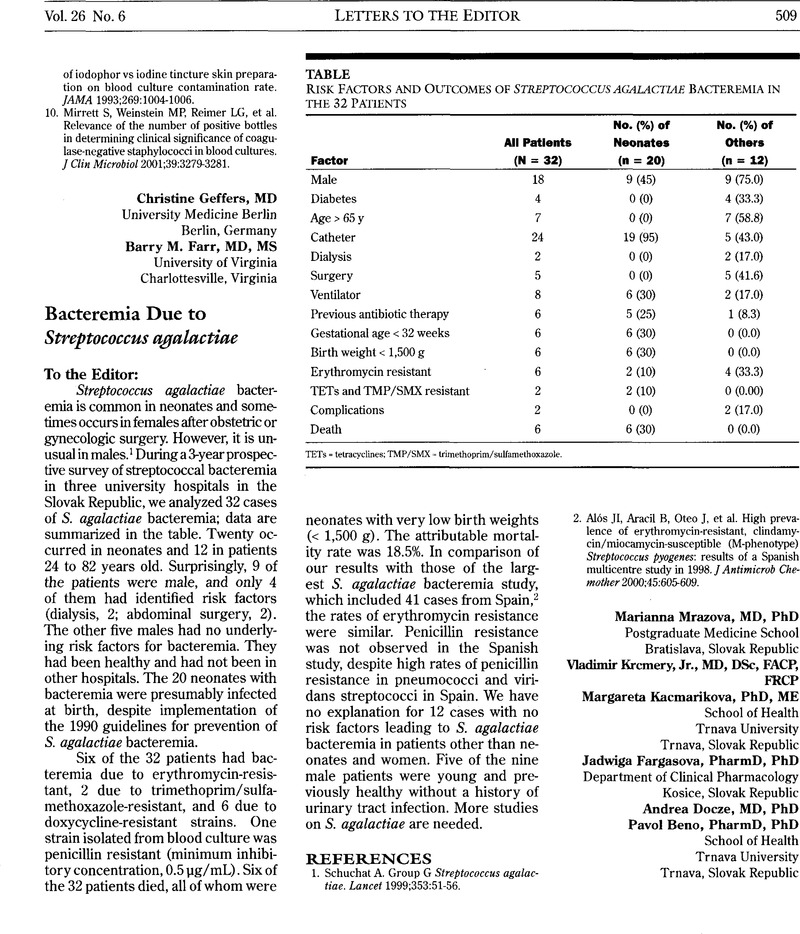Crossref Citations
This article has been cited by the following publications. This list is generated based on data provided by Crossref.
Coelho, Telmo
Pacheco, Maria
Mendes, Tiago
Valente, João
and
Gil, Pedro
2022.
Invasive Streptococcus agalactiae Disease With Meningitis and Septic Arthritis in a Non-pregnant Patient.
Cureus,



